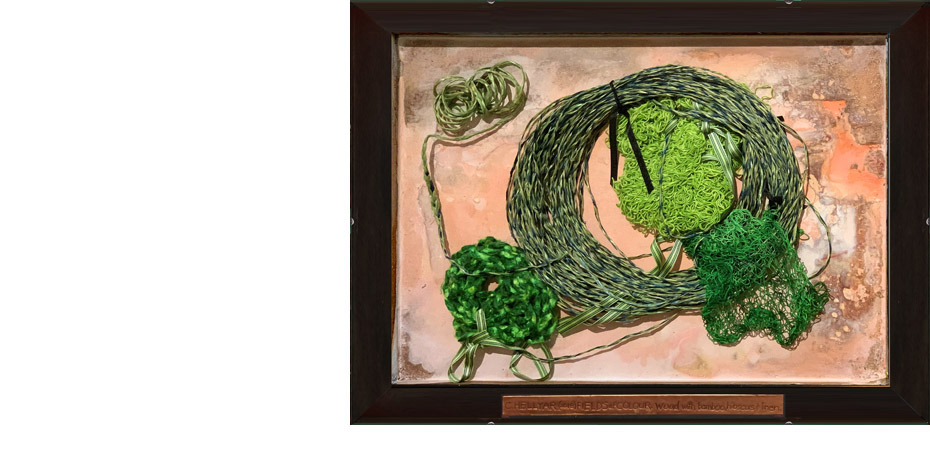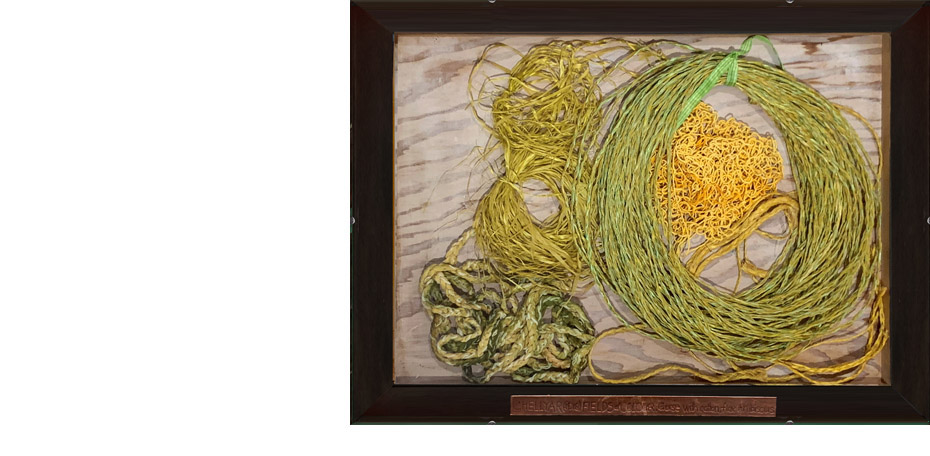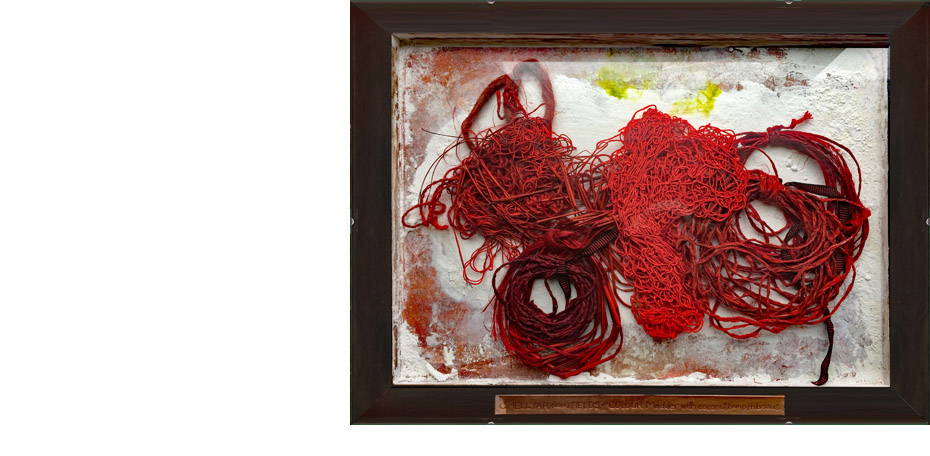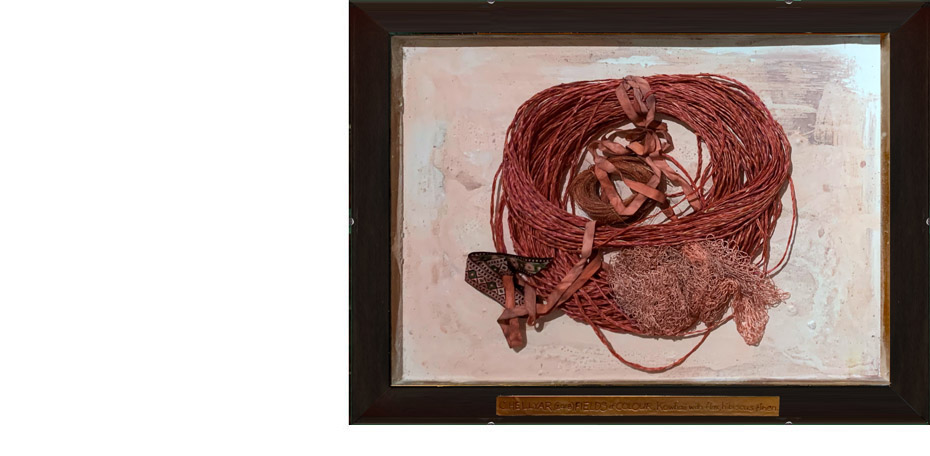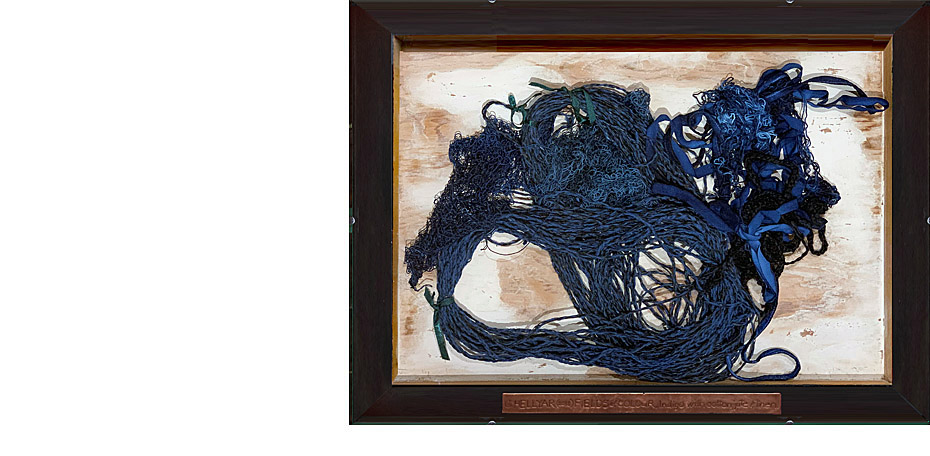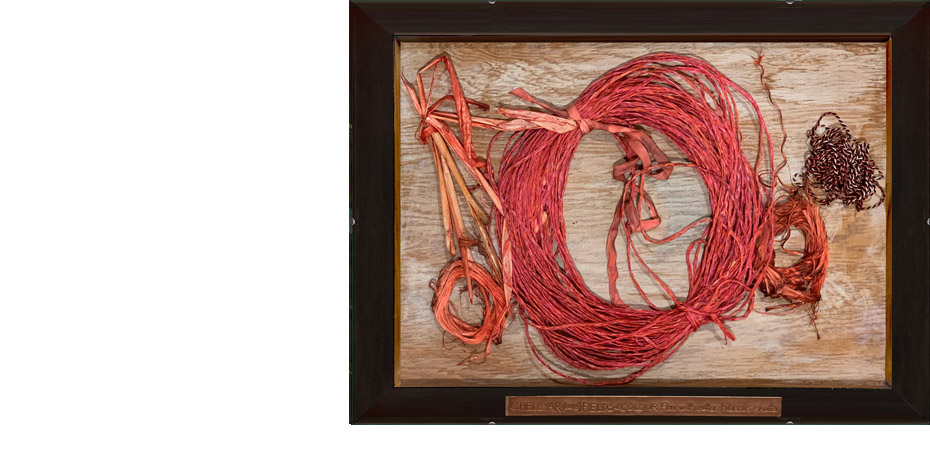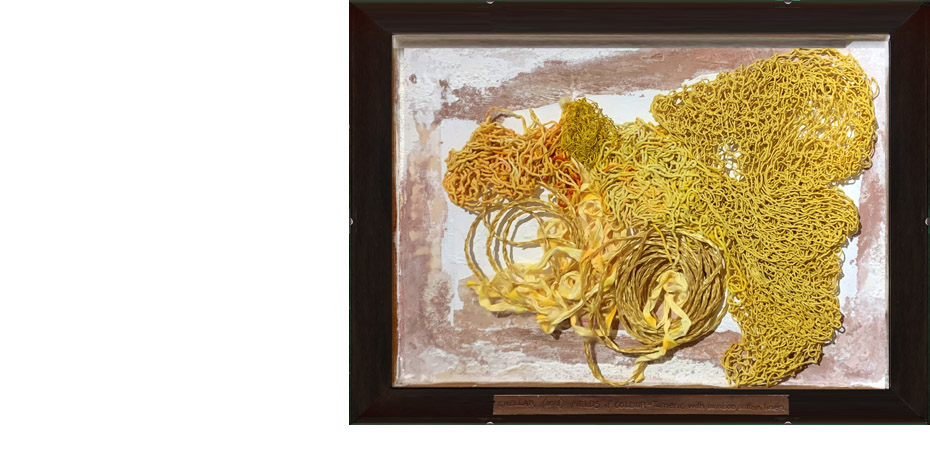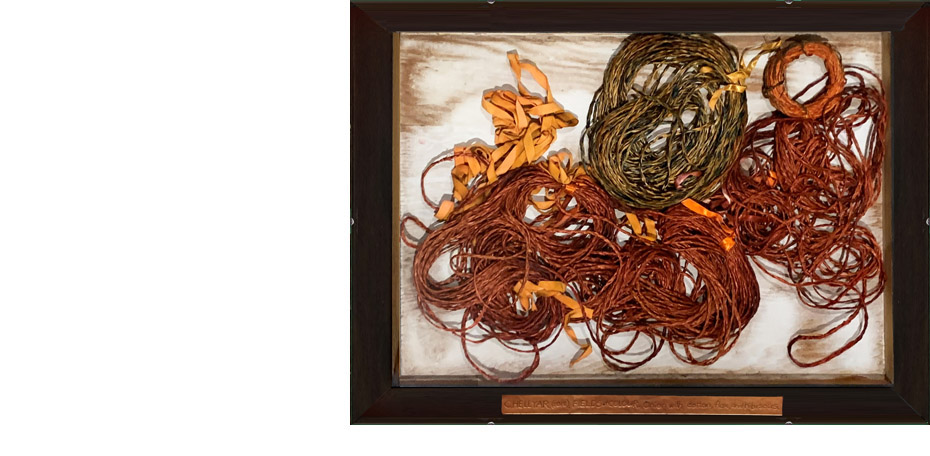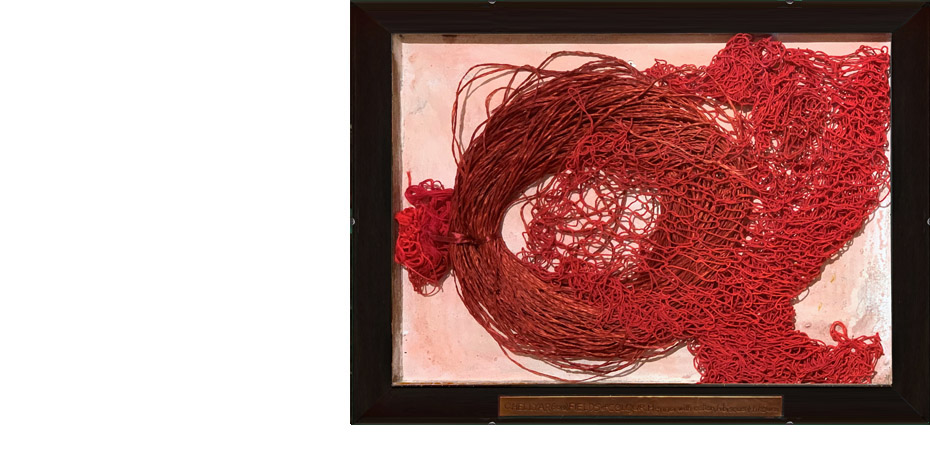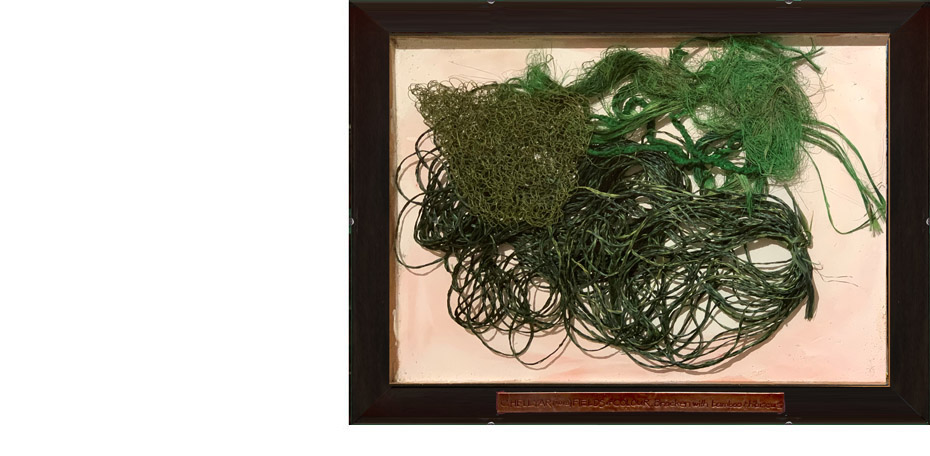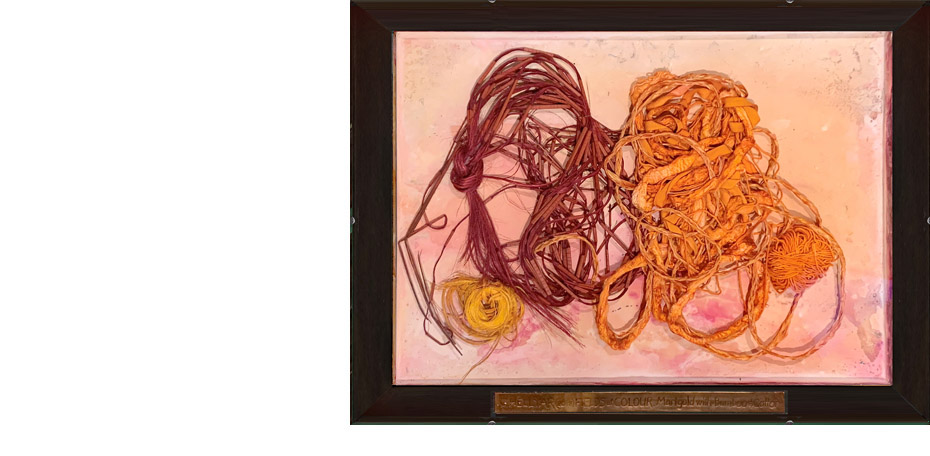Born in New Plymouth in 1947, Hellyar completed a Diploma in Fine Arts (Hons) at Elam School of Fine Arts (1970). In 1981, Hellyar took up a part-time teaching position at Elam, leaving in 1996 to work full time in her studio. She was awarded the first Adam Award for her significant contribution to New Zealand art (1988); won the Department of Conservation residency, Mt Taranaki (2003); participated in the Tylee Cottage Residency at Whanganui’s Sarjeant Gallery (2005); won the McConnell Properties Stoneleigh Sculpture Award (2009) and in 2011 was the resident botanic artist at the Auckland Botanic Gardens.
Exhibiting consistently in New Zealand and internationally since the 1970s, Hellyar’s work has been included in many major exhibitions. Her work is held in most New Zealand public collections, including the Auckland Art Gallery, Govett-Brewster Art Gallery, Museum of New Zealand Te Papa Tongarewa and the Christchurch Art Gallery. Hellyar has made and exhibited over 750 sculptures, 15 large installations and countless paintings, drawings and photographs. Working in both sculpture and installation, her work incorporates a wide range of materials, from found natural items such as grass, stones and clay, to fabric, plaster, latex, lead and bronze.
“Fields of Colour is my response to some writers’ claims that ‘only painters understand colour’. (What about sculptors, printmakers, florists, weavers, and dress designers?) The works draw on my research into weaving materials and dyes, a task in which I was aided by talented Māori and Hawaiian friends. Using commercial dyes on a variety of materials, I recreated the colours of plants named in the titles of the works. I wanted to use these titles as, for me, the names of the colours and plants evoke landscapes.
The sculptures are reminiscent of museum displays in the use of wooden trays and heavy protective glass. The backgrounds in each work are museum-like too, in that they are reminiscent of historical walls and furniture, a look achieved through the use of clay and plaster. I have used both the weaving materials and the display box technique before, but never together until now. There are plant references in these works that I have included often in my drawings – using them in this way is a first as well.”
Also part of the exhibition are a collection of small watercolour paintings on paper (Farms) also created in 2018.





